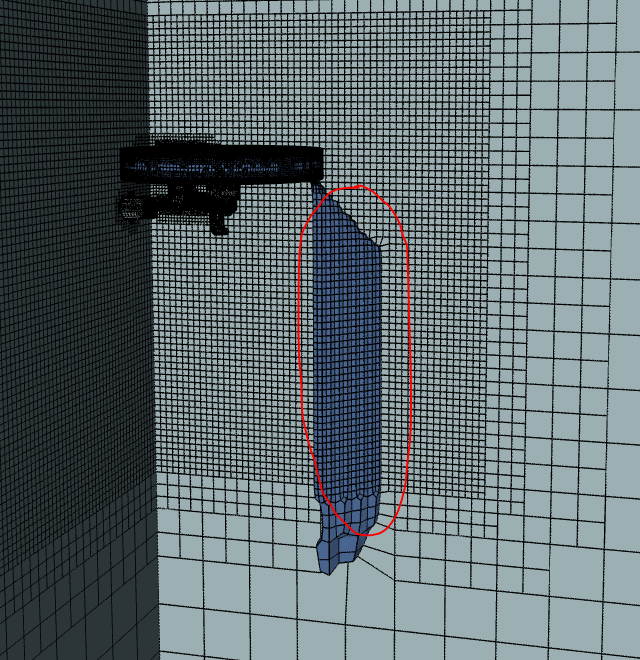In the following optimization study a design of propeller was setup in CAESES with fully parametric model the design was based on NACA 4 digit profile, and parameters such as chord length, camber, camber position, thickness pitch and rake was controlled by functions describing the distribution of those parameters along the span of the blade.
Multi section profiles of the design blade:
Sobol optimization algorithm was used to creat arbitrary design samples more details about the parametric design can be fond in the following link :
Drone Blade Design › CAESES
These design samples was analysed and showed the following results:
1 - for the first step in the optimization 50 different designs was evaluated by the lift force, the following pictures shows all the different designs and the base line and the best design candidate.
Clearly the improvement was remarkable from the first run in term of lift force from 2.13 N for the base line up to 5.46 N.
The following pictures shows the difference between the base line and the optimized design
the baseline design
best design
the baseline design
best design
2 - Second step in the optimization was to investigate the effect of the number of blades, in this stage 3 different configurations was investigated 2, 3 and 4 blades.
The following picture shows the effect of the number of blades on the lift generated by the propeller.
We can see clearly that the number of blades have a significant effect on the lift generated by the propeller, and from 5.4 N of lift from the best design using 2 blades up to 8.47 N with the same blade design but using 4 blades.
Here you can see the 3 different propellers with same blade profiles and different blade number.
For more details about the performance of this propeller design the following graph shows the performance of the blades compared with the base line.
3- For the last optimization run the radius of the propeller was varied to see the effect of the diameter on the lift generated by the propeller. at some point this parameter need to be bonded to keep the design feasible, for this test the propeller with 4 blades was used .
The graph shows that small variation in the diameter can create too much improvement in the lift and this is because the lift is affected by the square of the surface, and with 4 blades so for this reason we can see that the lift was doubled in the last test.
Of course to design propeller is not only important to investigate how much lift you can generate but also the drag force is really important factor and finding the most efficient design can be great challenge for the next stage in the optimization.
Note : For some technical problems the we was not able to shows some CFD post processing and the simulation links we will deliver it as soon as possible
Project Link
Baseline design
Optimized design
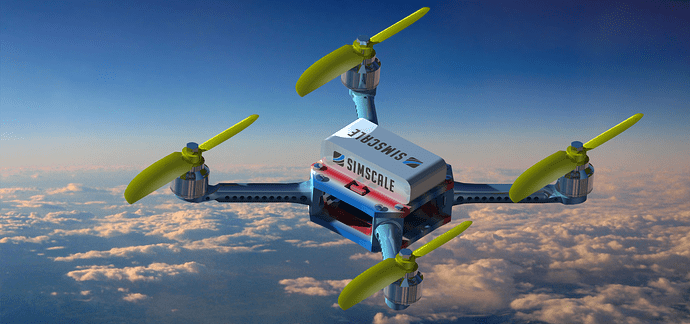
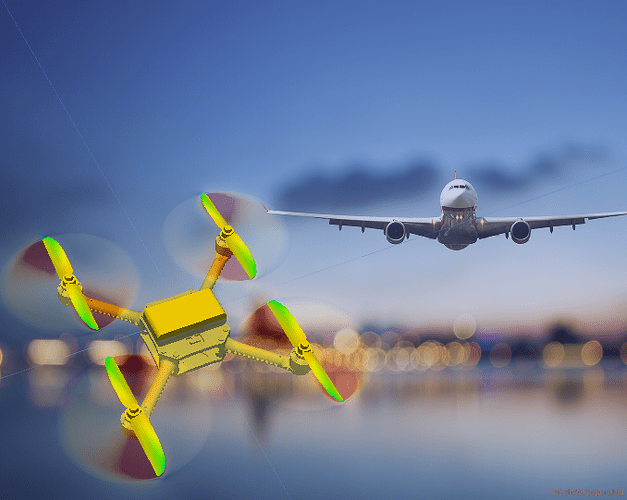
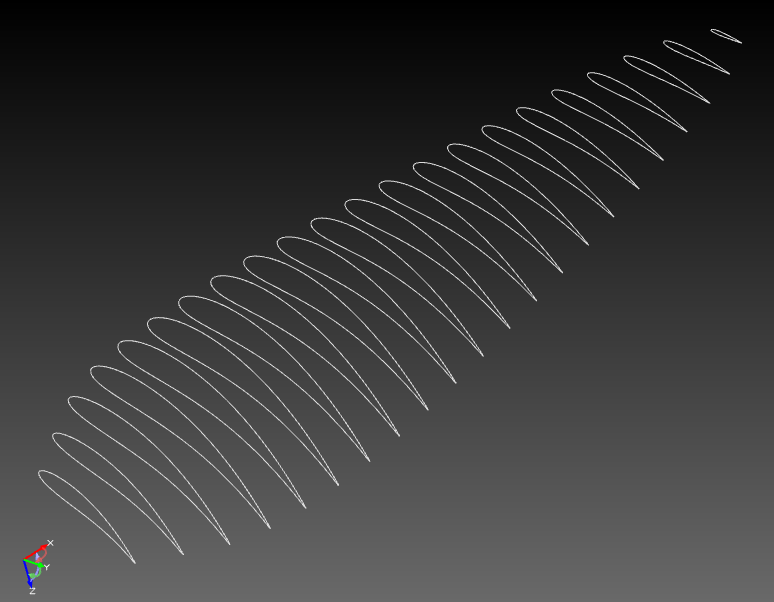
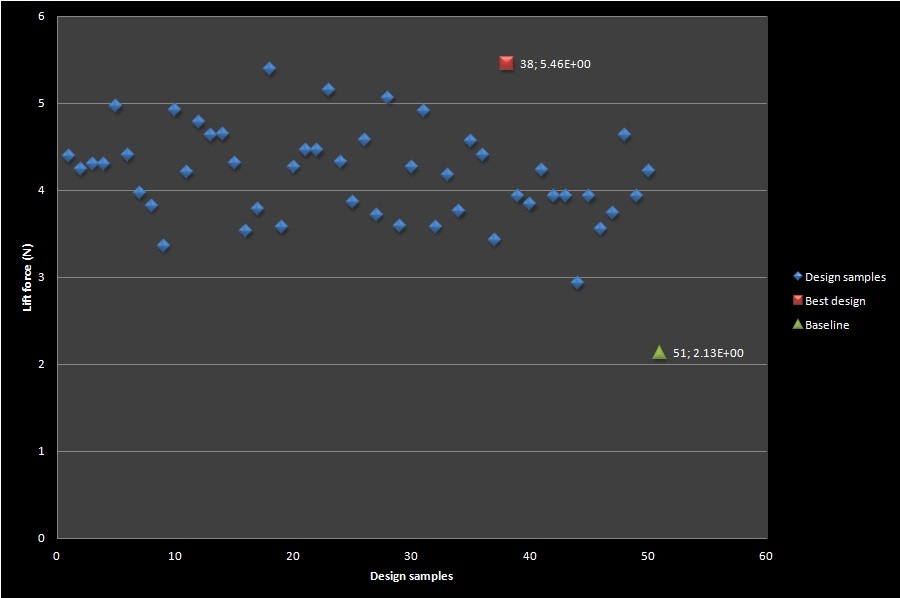
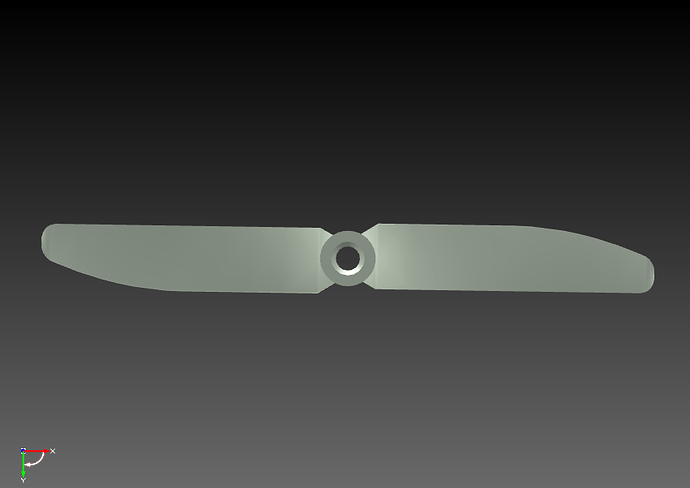
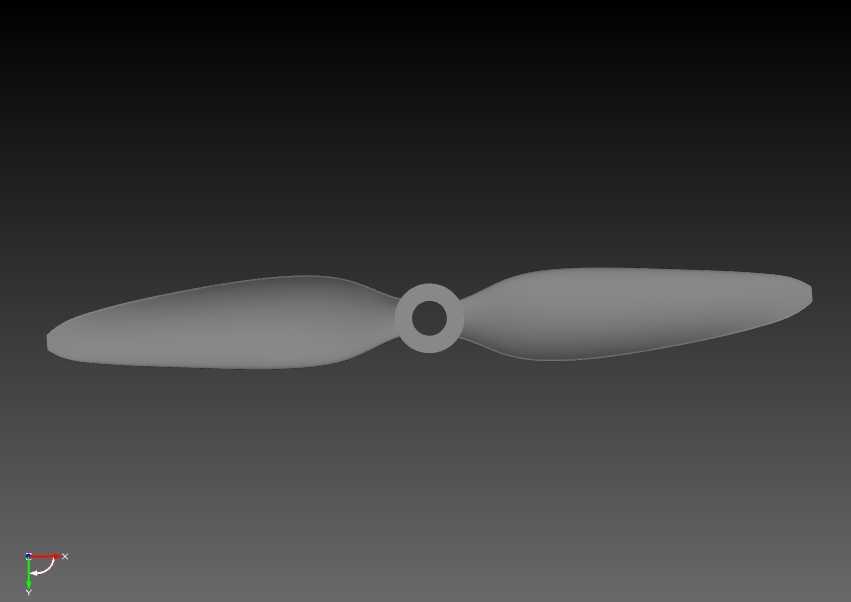
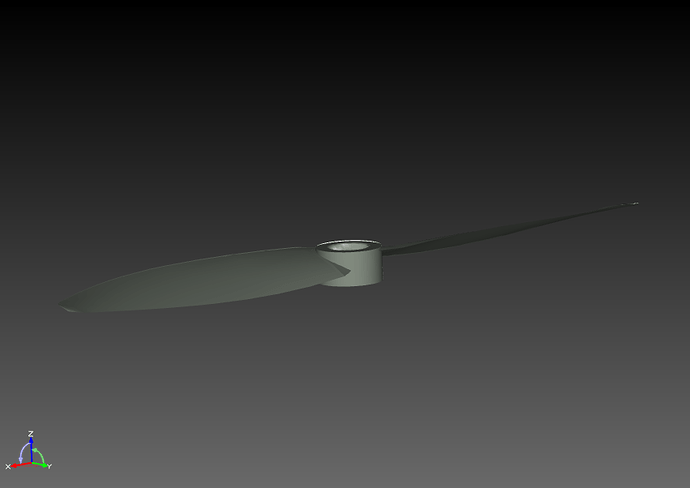
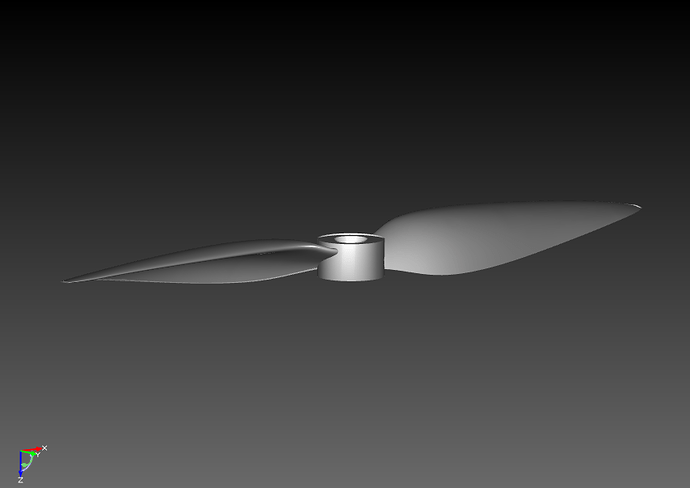
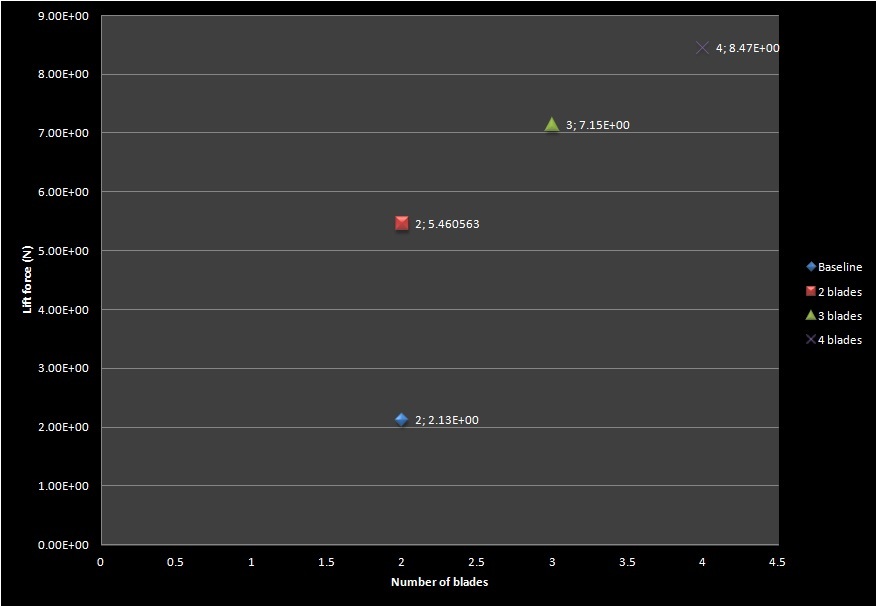

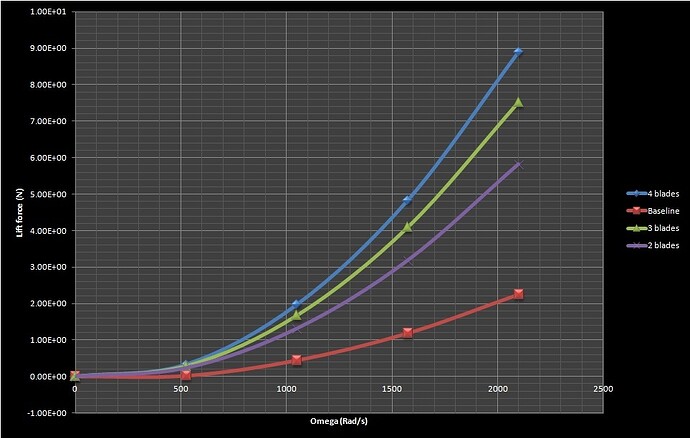
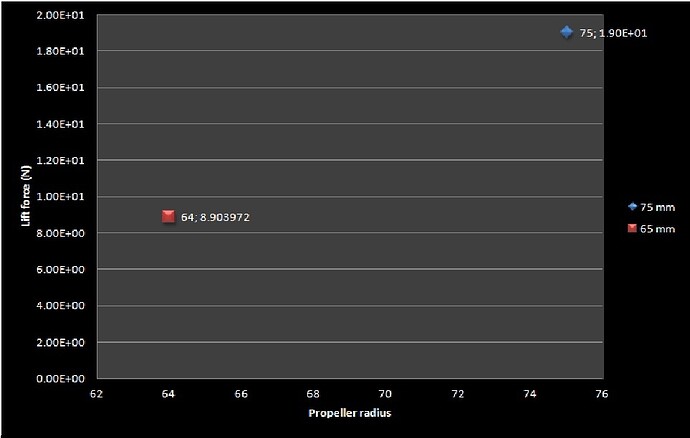
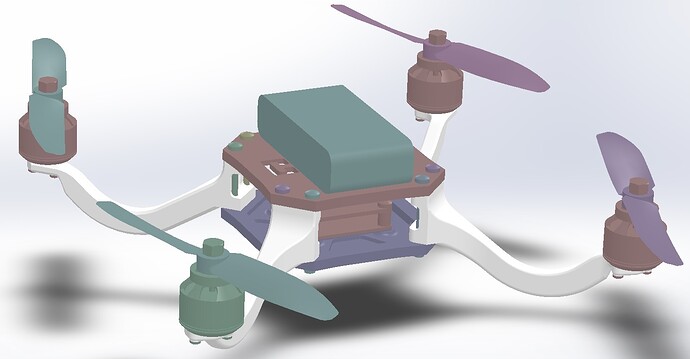
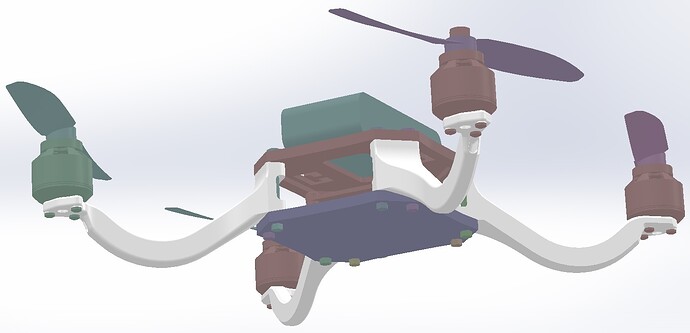
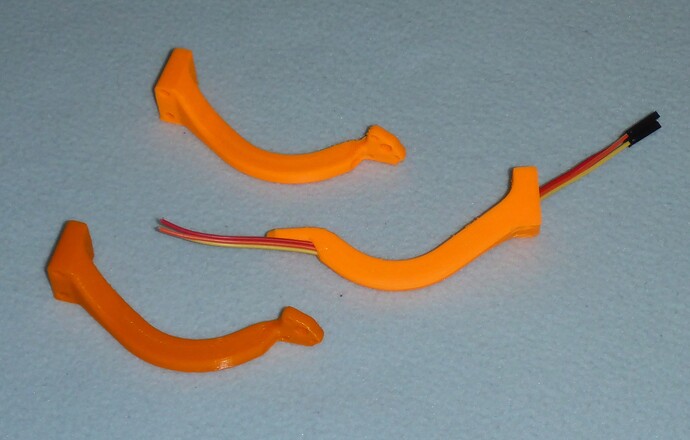
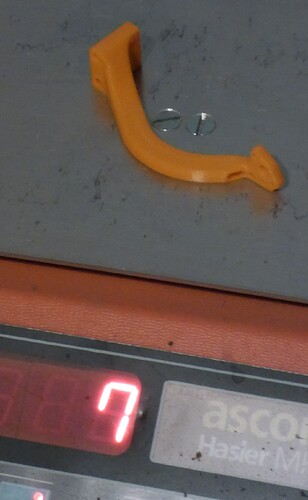
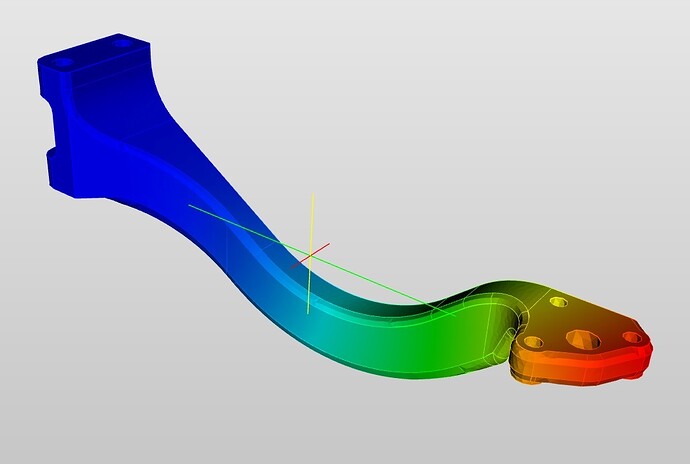
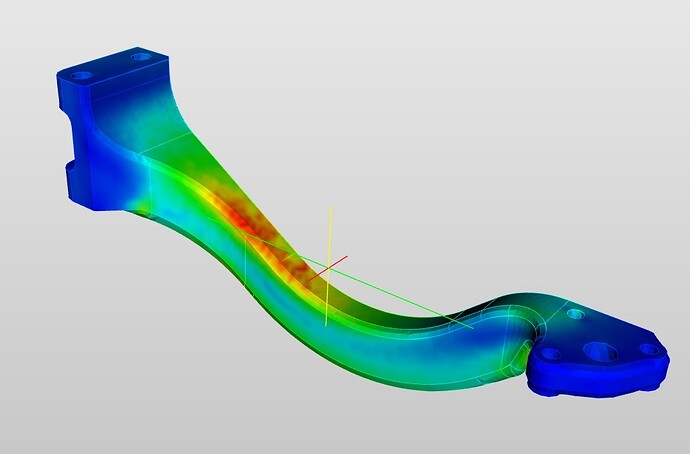
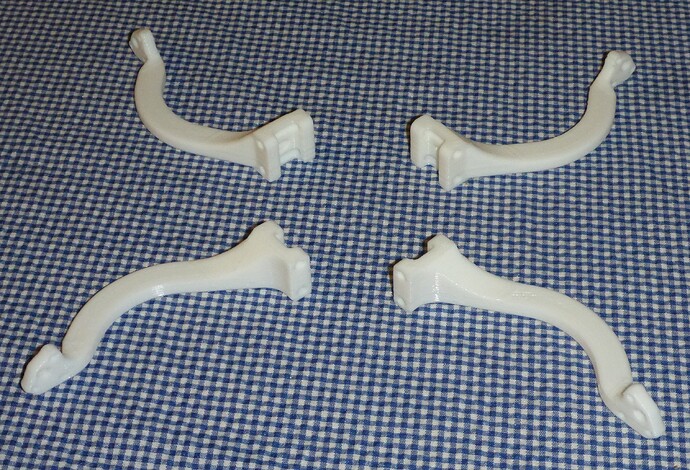


 !
!